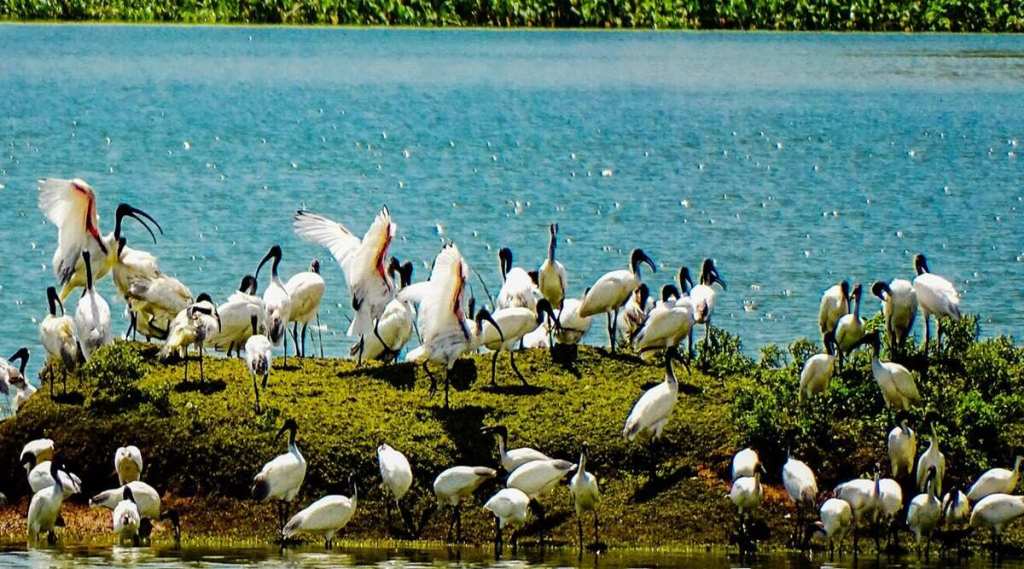Tamil Nadu has added four new sites to the Ramsar list, taking its total to 14. On Saturday, the Union Environment Ministry added 11 Indian sites to the list, taking the number of wetlands of international importance to 75 ahead of the 75th anniversary of Indian Independence.
Also Read | India at 75: Milestones in space that made us a force to reckon with
The Ramsar convention, initiated in 1971, is an intergovernmental treaty for the conservation and sustainable use of wetlands. The convention is named after Iranian city of Ramsar where the agreement was first signed. New Delhi signed the convention on February 1, 1982. India has the most Ramsar sites in South Asia, including Chilika lake in Odisha and Keoladeo National Park in Rajasthan — the country’s first two Ramsar-recognised sites.
The Ramsar agreement aims at “developing and maintaining an international network of wetlands which are important for the conservation of global biological diversity and for sustaining human life through the maintenance of their ecosystem components, processes and benefits”.
The four new sites of wetlands of international importance in Tamil Nadu are Chitrangudi Bird Sanctuary, Vaduvur Bird Sanctuary, Suchindram Theroor Wetland Complex, and Kanjirankulam Bird Sanctuary. Tamil Nadu has the most Ramsar sites in India with 14, followed by Uttar Pradesh with 10.
Among the other sites added to the list are three in Odisha, two in Jammu & Kashmir, one each in Maharashtra and Madhya Pradesh. In Odisha, the fresh additions include Hirakud Reservoir, Tampara Lake, and Ansupa Lake. Shallbugh Wetland Conservation Reserve and Hygam Wetland Conservation Reserve have made it to the list from Jammu & Kashmir, while Thane Creek in Maharashtra and Madhya Pradesh’s Yashwant Sagar are the other additions.
Between 1982 and 2013, 26 sites were added to the list. Since 2014, 49 sites have been included. This year alone, 28 Indian sites have been declared wetlands of international importance.
Also Read | Thames source driest ever as England faces drought amid ‘extreme heat’ warning
In a statement, the ministry said: “The designation of these sites would help in conservation and management of wetlands and wise use of their resources.”


